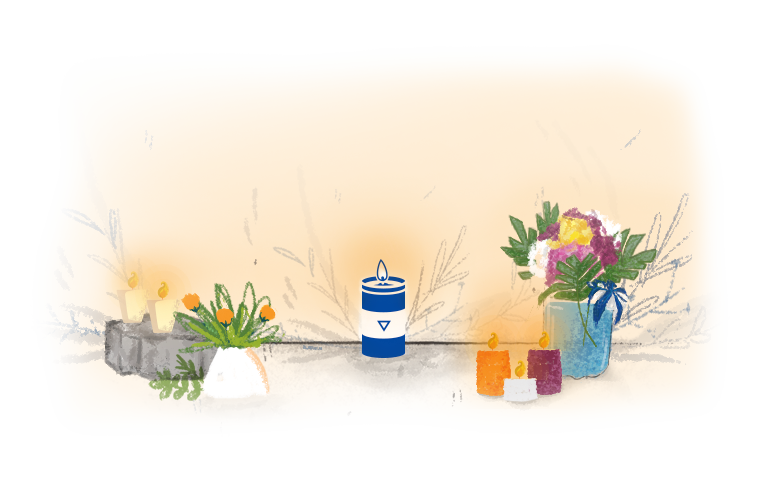
Junior Steven Gaitán López (El Pollito)
15 Years Old - Estudiante

Junior Steven Gaitán López
“Hey man, don’t kill me, I don’t have anything…”
Murdered in Masaya on June 2, 2018
Junior Gaitán López was a mischievous boy, happy and very active. He was 15 years old and was known as “Pollito” (little chicken) ever since he was little. He was in his first year of high school at the Instituto Central of Masaya. His mother, Aura Lila López, recalls, “He was around 10 when he got serious about school, and he loved math. He was often among the honor students in the school parades… the teachers loved him a lot.” He was also a passionate soccer fan. He played in the mornings at a field in the San Carlos neighborhood, where he lived, and in the afternoons he went to school.
He was sweet and friendly, always protected his little brother, though he would horse around and play jokes on his older brother. He liked to draw, but his passion was painting graffiti. He wanted to learn techniques for painting graffiti on walls. He also liked Masaya’s traditional culture. He took part in the Torovenado, Malinche de la Carmen Toribio, in Los Ahuizotes, and the Toro Huaco and processions for San Jerónimo.

His father, José Javier Gaitán Mercado, is from Monimbó. He has a bicycle repair shop. He says he spent a lot of time with Junior, because his workshop is at the house and Junior would often help him out. He recalls that when the first marches took place in Managua, people in Masaya began to organize in different neighborhoods. “Junior got involved in the protest from the beginning. He took part in the march on April 18, and later went around with the young people manning the barricades. He wanted to make Nicaragua better.” His sister Giselle says, “Junior didn’t like to see injustice, and that’s why he got involved in the protest.”
On Saturday June 2, Junior Steven was uneasy. He wanted to go out to join his friends at the barricades that had been erected in the town center. He insisted so much that his parents finally gave him permission to go to the barricade at La Membreño, where his friends were. That weekend, the repression in Masaya increased, and a young man was murdered near the San Miguel Church. “I was very worried because Junior didn’t come home, and at around 4 in the afternoon I asked his father to go look for him. He went but didn’t find him, and went out again at 6 in the evening, but again didn’t find him. At around 6:15, someone came by the house to tell us that ‘Pollito’ had been killed,” recalls doña Aura Lila.
She went immediately to the San Miguel Church, since she was told his body was there. Barricades and roadblocks had been put up throughout Masaya, built by protesters at every corner to keep the police and paramilitaries—who were repressing the population viciously—from circulating in the city. Aura Lila was able to reach the San Miguel Church on her neighbor’s motorcycle; the protesters let her through and said, “There goes the mother of the boy who was just killed.” When she entered the church, she saw her son on a stretcher. His face was covered and he had a bullet wound in his chest. His sister recalls that when she got there, her mother was already at the church, “holding Junior’s hand in hers. She didn’t want to let go.”
“They shot him at close range… He was an unarmed boy. He wasn’t going to harm anyone,” says his mother, with profound sadness.
Aula Lila was moved by people’s solidarity, and recalls it this way: “His body was carried from the San Miguel Church to our house in a sort of procession. So many people joined the procession to accompany our family. Walking to the cemetery in the San Carlos neighborhood, the funeral march stopped in each neighborhood, and each time young people yelled out, “Junior Gaitán, present!” and they sang the national anthem. We buried him in the midst of the government’s repression and citizen resistance.”
I want to know more